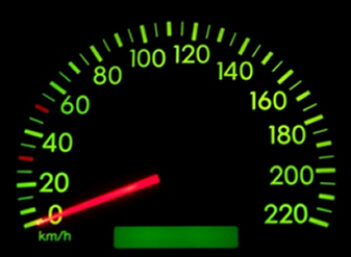What is Negative Carry?
Negative carry means that the price of borrowing money is higher than the returns earned on borrowed money. It is the opposite of positive carry.
How Does Negative Carry Work?
For example, let's assume John borrows $10,000 from Bank XYZ so he can invest it in his brother's business. Bank XYZ lends John the money at 8% interest per year. John takes the $10,000 and gives it to his brother in return for a 5% stake in the business.
Three years goes by, and John decides to sell his stake in his brother's business for $11,000, which equates to a 3.18% annual return. Because John borrowed money at 8% but only earned 3.18% on it, he has a negative carry on the investment. In other words, John essentially lost 4.82% per year on the investment.
Why Does Negative Carry Matter?
In general, a negative carry on an investment is not a good thing. There are some silver linings, though: tax losses can be deductible, meaning that negative carries can reduce the investor's tax bill. Additionally, if the interest on the loan is tax-deductible or the interest on the investment is tax-exempt, the investor might actually receive a positive return on the investment even though it appears to have a negative carry.



